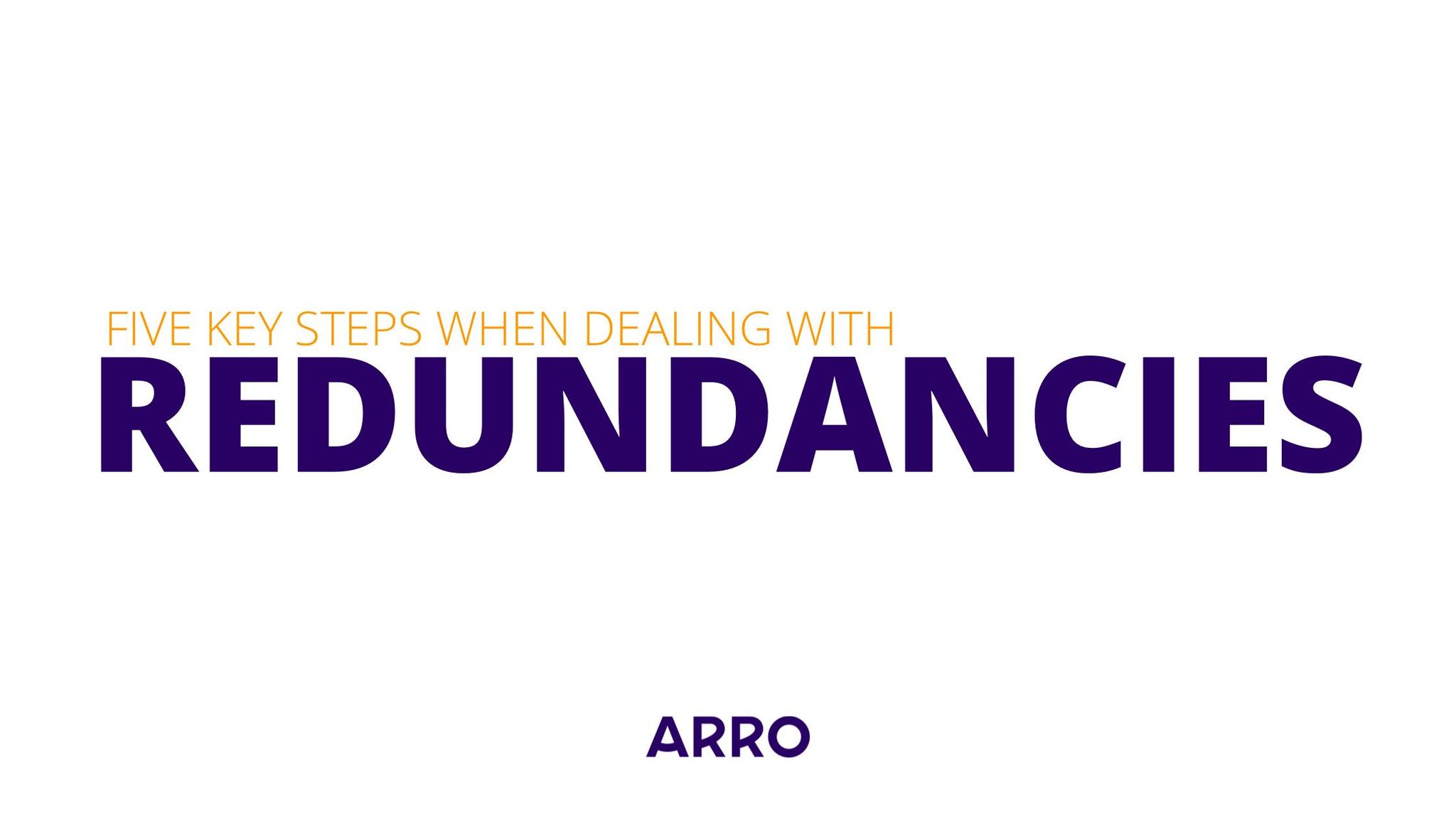As an employer during the current COVID-19 pandemic, and for a reasonable recovery period afterwards, we understand that redundancies are a very real possibility.
Whilst no employer enjoys having to make employees redundant, we understand redundancies are often an unfortunate commercial or business necessity.
We therefore take this opportunity to provide a brief overview of the current law relating to redundancy, as well as our 5 key steps, to ensure, as an employer, you are across your basic rights and obligations.
Genuine Redundancy
Redundancy typically occurs when an employer does not need an employee’s job to be done by anyone moving forward, or the business becomes insolvent or bankrupt.
A failure to ensure a redundancy is a genuine redundancy may leave the employer open to a potential unfair dismissal claim by the former employee.
A genuine redundancy is when:
- The employer no longer requires the employee’s job to be performed by anyone because of changes in the operational requirements of the employer’s business; and
- The employer has complied with its obligations imposed by any applicable modern award or enterprise agreement, including in relation to consultation requirements concerning the redundancy.
By way of an example, a redundancy cannot be classed as a genuine redundancy if:
- The employer still requires the position to be undertaken by someone after the purported redundancy;
- The employer has failed to consult with the employee – see below; or
- The employer could have reasonably, in the circumstances, given the employee another job within the employer’s business or an associated entity.
5 Key Steps
In ensuring a redundancy is a genuine redundancy, we set out below our 5 key steps, or considerations, employers should take into account in the event it wishes to make an employee/position redundant.
- Communications before redundancy
As an employer, you have an obligation to provide employees with regular communication and updates during periods of uncertainty and significant workplace change.
As an employer, you should regularly:
- Inform your staff about any changes within the business that may affect their working arrangements;
- Provide your staff with opportunities to ask questions about the changes affecting the business; and
- Consider all options and alternatives to redundancies, such as redeployment in other areas of the business or a related entity, or job sharing.
- Consultation
An employers’ obligation to consult about redundancy arises as a result of an applicable modern award or enterprise agreement.
Consultations with employees must be meaningful and engaged in before an irreversible decision to terminate has been made.
Consultation requirements can vary between awards and agreements but often includes requirements to:
- Communicate with employees in writing regarding the need for redundancies and allowing employees to seek further information (and provision by the employer of that further information, where reasonable); and
- Offering redeployment or other alternate employment within the business (in a similar role/level to the position being made redundant) where redundancies are being considered.
Please note that employers can still be found to have complied with their consultation requirements even if, for example, a consultation was truncated as a result of the employee’s conduct or behaviour.
- Notice Period for termination
There is a required minimum Notice Period for when an employer wishes to make an employee redundant. This period will usually depend on the years of service that employee has accumulated prior to the redundancy.
Such notice periods can be found in the National Employment Standards (https://www.fairwork.gov.au/employee-entitlements/national-employment-standards).
The employee can work the Notice Period, or the employer can pay the employee in lieu of that Notice Period.
If an employee’s position becomes redundant, the employer is required to give the employee a written notice. This is commonly done by a letter of termination of employment which should outline the following matters:
- The reason for the termination of the employee’s employment;
- The notice period (including a final date of employment) and whether the employee will be required to work or be paid in lieu of that notice;
- The details of the employee’s redundancy pay entitlements;
- The details of any other entitlements which must be paid; and
- That the redundancy pay will usually result in waiting periods for any applicable Centrelink benefits.
- Redundancy Entitlements
Employers must determine the correct entitlements and payments to be made to the employee when making them redundant.
The amount of redundancy pay an employee is entitled to is based on their position within the business and the employee’s continuous services with the employer.
Again, the entitlements and payments that must be made can be found in the National Employment Standards (https://www.fairwork.gov.au/employee-entitlements/national-employment-standards), however applicable modern awards and enterprise agreements can also often include additional redundancy entitlements for employees covered by those awards and agreements.
Employers must also ensure statutory entitlements are paid, including outstanding annual leave, sick leave and long service leave.
- Meeting
We understand that making employees redundant is always a difficult, and often emotional, process for both parties involved.
For this reason, we always suggest to our employer-clients that they meet with the employee face-to-face to provide them with a hard copy of the written notice of termination and explain the reasons why the employee has been made redundant.
Such a meeting often helps to dilute any feelings of animosity relating to the redundancy and also allows the employee to ask any questions that they may have.
We understand that this is a difficult time for many employers and employees, however if redundancies are being considered then please do bear in mind the above key steps to ensure any redundancy is a genuine redundancy.
Please do not hesitate to get in touch if you have any questions.




